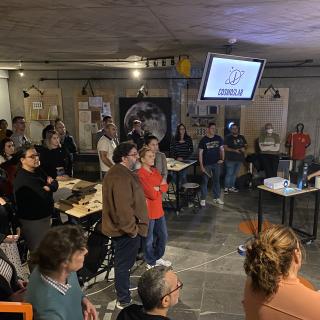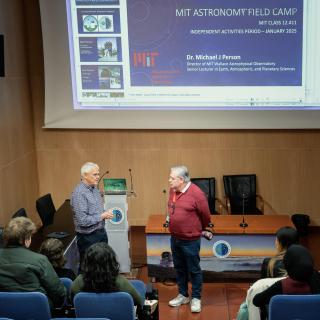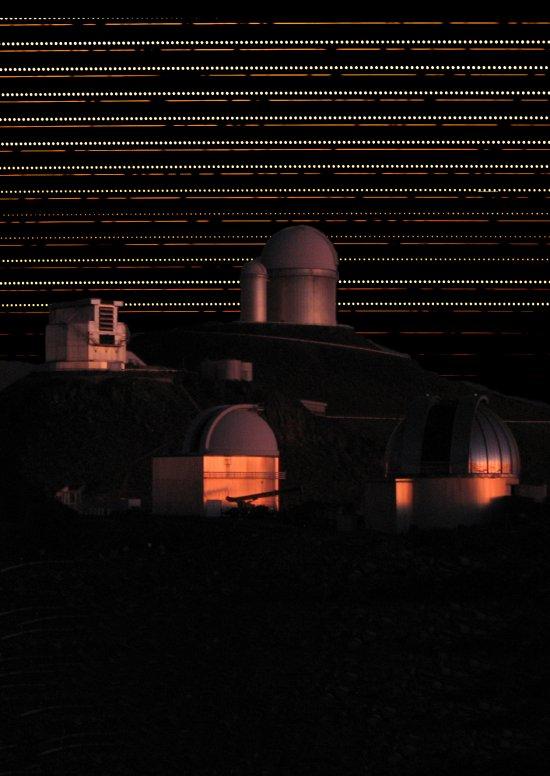It may interest you
-
 The Instituto de Astrofísica de Canarias (IAC) and the Canary, La Palma Reserve of the Biosphere Foundation have signed a document agreeing on actions to be taken in prevention, early warning and rapid response to exotic invading species on the Island of La Palma, a World Biosphere Reserve.Advertised on
The Instituto de Astrofísica de Canarias (IAC) and the Canary, La Palma Reserve of the Biosphere Foundation have signed a document agreeing on actions to be taken in prevention, early warning and rapid response to exotic invading species on the Island of La Palma, a World Biosphere Reserve.Advertised on -
 El proyecto educativo “CosmoLab: del aula al Sistema Solar”, desarrollado por el Instituto de Astrofísica de Canarias (IAC) y financiado principalmente por el Cabildo de Tenerife, anuncia la apertura de matrícula del nuevo curso “CosmoViaje 2.0: lo que sabemos e ignoramos del Universo” en colaboración con la Consejería de Educación del Gobierno de Canarias. Esta iniciativa busca acercar la astronomía a toda la comunidad educativa de Tenerife y fomentar el conocimiento y disfrute de los excepcionales cielos y observatorios de Canarias. CosmoLab persigue promover la cultura científica en elAdvertised on
El proyecto educativo “CosmoLab: del aula al Sistema Solar”, desarrollado por el Instituto de Astrofísica de Canarias (IAC) y financiado principalmente por el Cabildo de Tenerife, anuncia la apertura de matrícula del nuevo curso “CosmoViaje 2.0: lo que sabemos e ignoramos del Universo” en colaboración con la Consejería de Educación del Gobierno de Canarias. Esta iniciativa busca acercar la astronomía a toda la comunidad educativa de Tenerife y fomentar el conocimiento y disfrute de los excepcionales cielos y observatorios de Canarias. CosmoLab persigue promover la cultura científica en elAdvertised on -
 This January, the Instituto de Astrofísica de Canarias is hosting, for the third time, the ‘ MIT Astronomy Field Camp’, the historic scientific camp that the Massachusetts Institute of Technology (MIT) offers to its students of planetary sciences and astronomy with the aim of providing them with the real experience of working in a professional observatory. On this occasion, nine students have been at the Teide Observatory, in Tenerife, since 7th January, where they have carried out various astronomical observations. Dr. Michael Person has been the coordinator of this activity that began inAdvertised on
This January, the Instituto de Astrofísica de Canarias is hosting, for the third time, the ‘ MIT Astronomy Field Camp’, the historic scientific camp that the Massachusetts Institute of Technology (MIT) offers to its students of planetary sciences and astronomy with the aim of providing them with the real experience of working in a professional observatory. On this occasion, nine students have been at the Teide Observatory, in Tenerife, since 7th January, where they have carried out various astronomical observations. Dr. Michael Person has been the coordinator of this activity that began inAdvertised on
